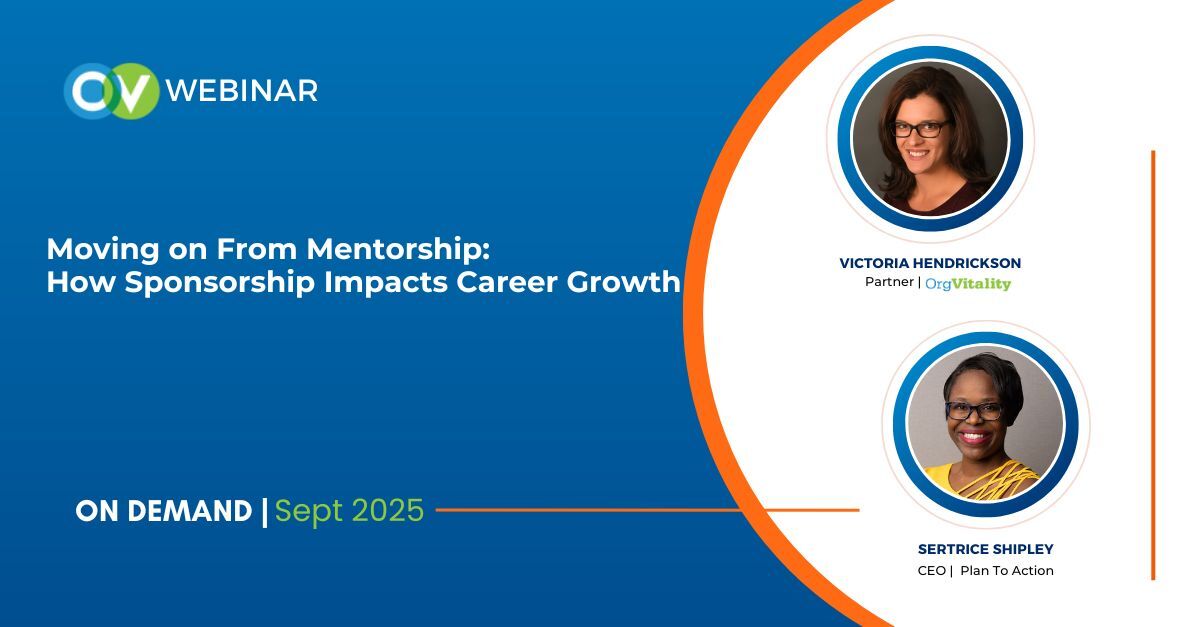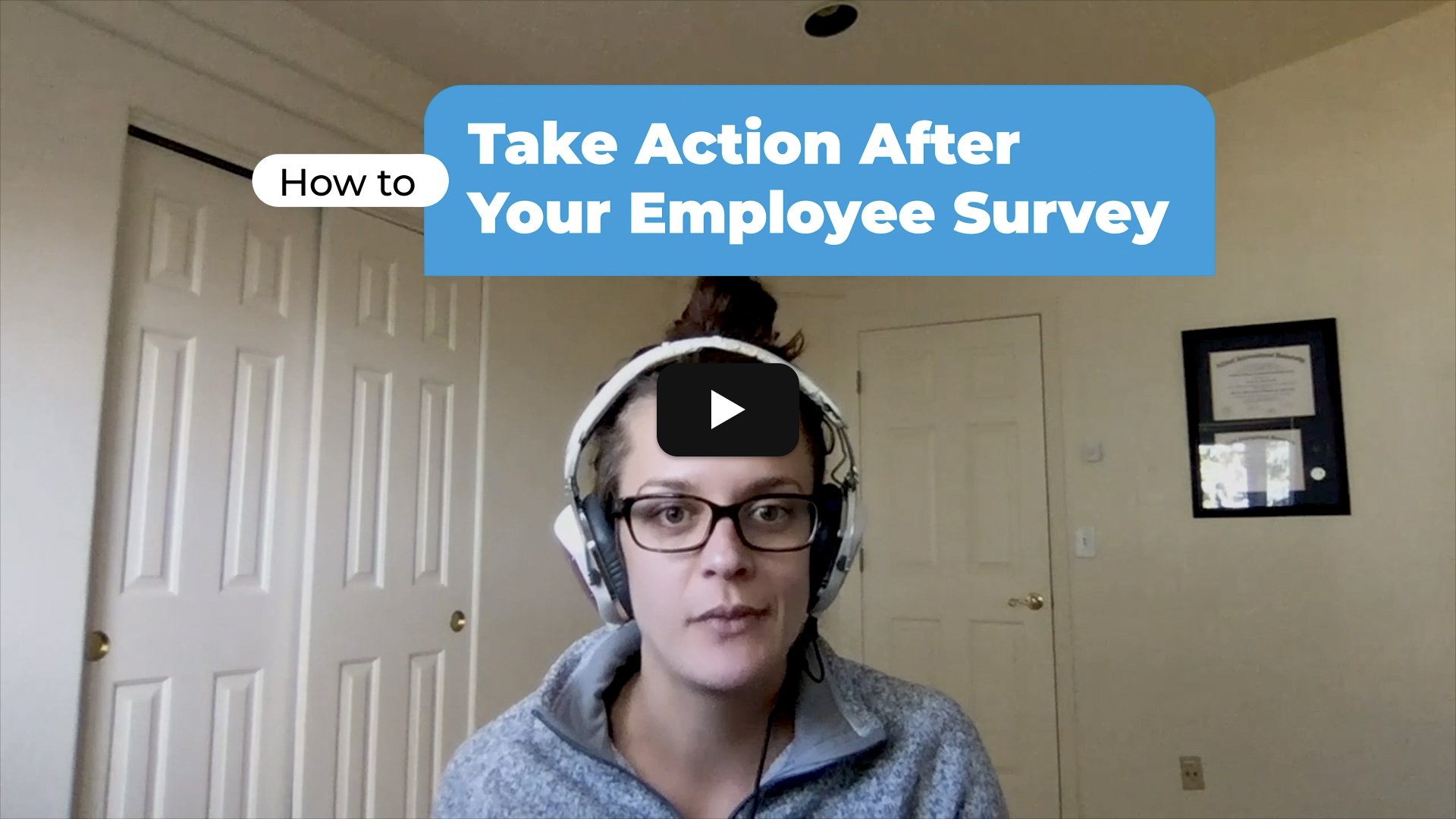
Manager development is a key initiative for many organizations, and for good reason.
Developing employees leads to greater engagement, improved retention, and more effective leadership. Yet to help managers develop to their full potential, we need good data to assess how they are doing, and what kind of support they need to grow. Increasingly, organizations are achieving this by separating manager effectiveness content from the census survey and putting it in its own dedicated instrument – a manager 180.
What exactly is a 180 assessment?
When we talk about a 180, we usually mean a survey focused on a manager’s effectiveness. Typically, this survey is completed by both the manager, who self-rates, and by the manager’s direct reports. It’s similar to a 360, but not the same thing. While both provide targeted, behavioral feedback, a 180 is more focused both in content as well as rater groups. A 360 often encompasses many competencies of an employee, and includes rater groups ‘all around’ them – potentially including themselves, their manager, their peers, their customers, and their direct reports. A 180 is just the participant and their directs, all answering items about their role as a manager.
Should you do a 180 or 360 assessment?
Organizations that are focused on manager development often benefit from a targeted 180 program. It can be a company-wide initiative focused on manager development, rather than having this content ‘squished’ into a census employee survey, where many strategic topics are competing for attention. A 360 is often more appropriate when there is more of an individual focus – an employee new to the executive level of impact, a high potential employee with specific development goals, or participants in a targeted program.
[Read More: 6 Step Checklist to Launch Your 360 Assessment]
Can 180 assessment data be integrated with other manager data?
Yes, we encourage it! 180 data can be combined with employee survey data, performance data, and even 360 data for a holistic view. Integrating data is a powerful way to learn more from your feedback initiatives. By tying together different data points, you get a fuller picture and more concrete ideas for next steps.
How often should I administer a 180 assessment?
Typically, most of our clients choose to administer this yearly, which allows managers to track changes over time. Following a 180, participants get a full report that shows how their direct reports rated them in comparison to their own ratings. Reports usually feature hidden strengths or blind spots, as well as overall strengths and opportunities. As with any employee listening program, we recommend a clear action assignment. Generally, each manager participating is expected to identify 1-2 specific behaviors to work on, and track with future measurements.
Author

Dr. Victoria Hendrickson is a partner and vice president in the consulting department at OrgVitality. She works to strategically design and administer employee surveys, customer surveys and linkage research. Across these tools, she works to gather data that helps leaders address their organization’s unique strategic challenges and to present findings as an insightful story that guides meaningful change. Victoria comes to OrgVitality with a background in organizational development and leadership development. She conducts applied research on topics of survey comments and organizational ambidexterity and regularly presents at national and international conferences. Victoria received her undergraduate degree in Social Psychology from Saint Mary’s College of California, and her Ph.D. in Organizational Psychology at Alliant International University.







